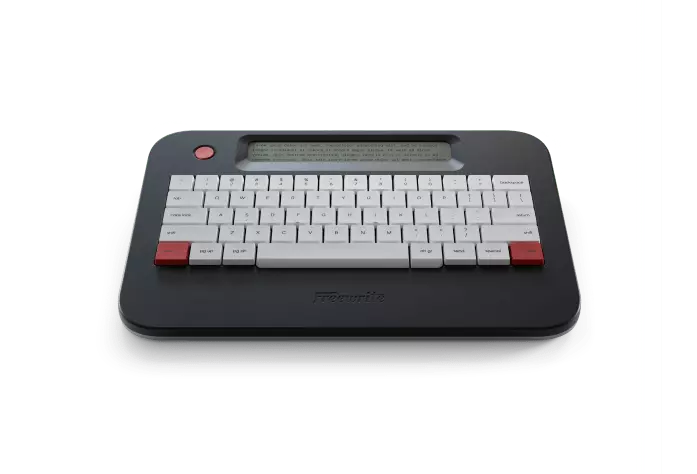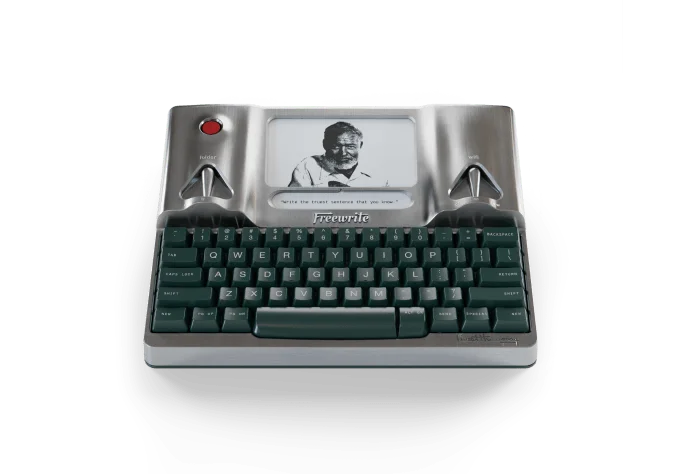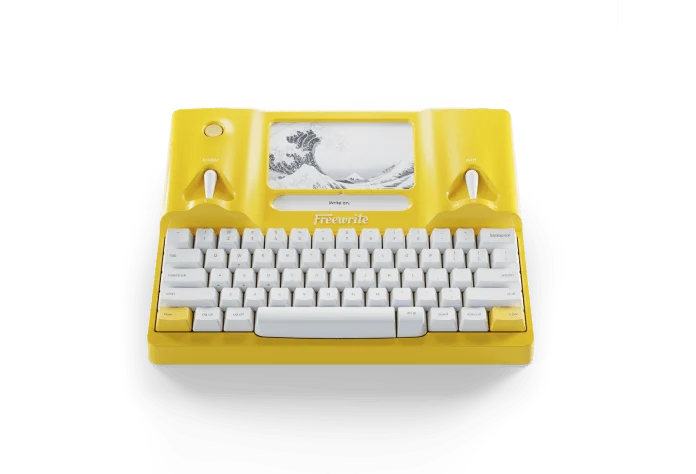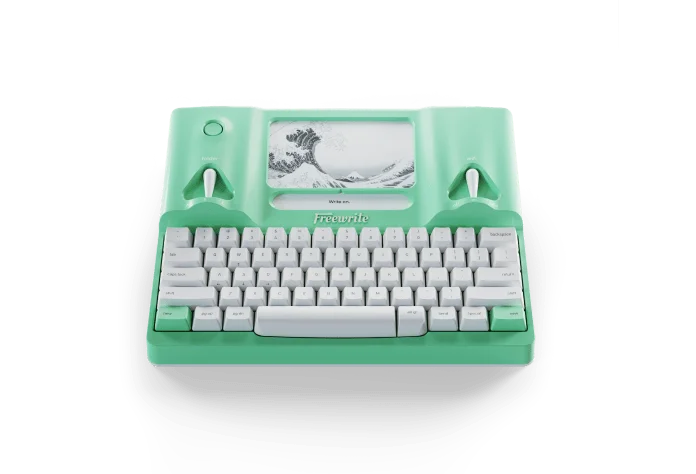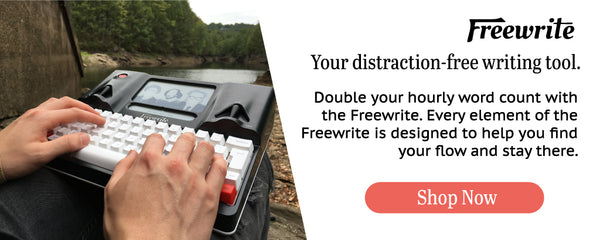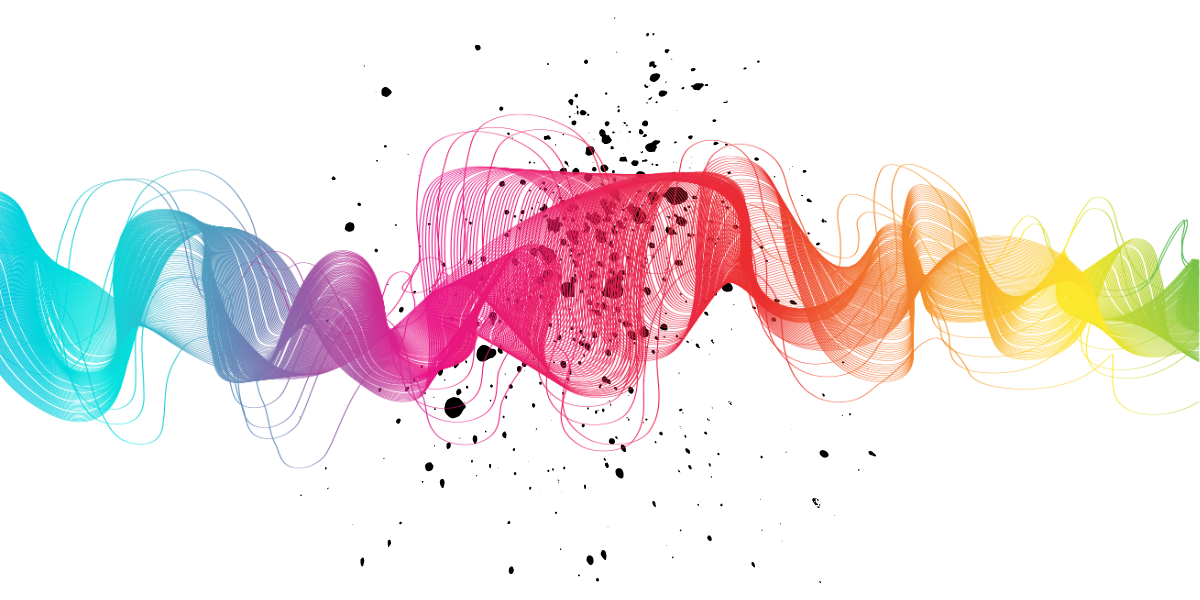Cate Dean has been writing for far longer than she cares to admit. She has published over 40 books and novellas, and is best known for her paranormal series, The Claire Wiche Chronicles, as well as her cozy mystery series, The Maggie Mulgrew Mysteries.
Outlining.
It’s just a word – but, oh, can it leave you shaking in your chair, staring at a blank screen, sweat trickling down your back.
I’ve been where you are – multiple times. Every time I read an article about outlining, I squelched the desperate cries of my pantser, and tried the latest technique. The result was always the same: wasted hours, and miserable failure.
That failure would send me straight back to my pantsing ways, and my long, messy drafts. It was more work, but I was so much happier without the ball and chain of an outline.
If you’ve spent any time on writer’s forums, or in any writing group, you know that the pantser vs. outliner battle has been long and fierce. Each side claims that their way is the best way, the only way.
But – what if there was a third option? A way to outline that didn’t kill your creative spark, and actually improved your word count?
Ah ha! Now I’ve got your attention.
But I’m a Pantser! Outlining will ruin my creative process!
I hear you. I had the same rally cry, the same reaction every time another “perfect” outline process was making the rounds.
I was a pantser, for years. Like I said above, outlining never worked for me. After taking all that time, and writing out every detail of my world, my plot, and my characters, I was so sick of the story that I no longer wanted to write it.
Sound familiar?
If every attempt you’ve made to outline has been a time-sucking, creativity-sucking disaster, you’re nodding your head right now. You’re probably also ready to click to the next post, before I mention that evil word again.
Give me another minute, before you run away.
I’m here to tell you, as a former pantser, that there is a way to outline that won’t ruin your creative process. Quite the opposite, in fact.
Let me tell you how I became an outline convert – for good.
Why I started outlining - and why you should as well
It was 2012, and I’d just self-published my first novella. I was nervous, excited, and ready to take the next step – writing the first book of a potential series.
My biggest obstacle was working a 12-hour day, with only weekends and holidays to do any serious writing. As a pantser, I knew it would take me forever to get the first draft written, and even longer to clean it up enough to send to an editor.
To add even more pressure, I gave an actual deadline to my new author friend, and now I had to meet that deadline.
I had been reading about story structure, and discovered that even though I made stories up as I went along, I instinctively understood the flow of a story, and what needed to go where.
I’ve been writing for a long time (since I was seven), and making up full-blown, multi-plot stories in my head for almost as long. I’ve literally had years of practice creating stories.
So, I took that knowledge, and story structure, and started writing stuff down.
My first effort was a long process. It included index cards, loads of notes, and a template that took days to fill out.
The result was an outline that let me write my first book in three weeks. Yes, you read that right. It may have taken longer than I wanted to work out the logistics of the outline, but having all the pieces in place let me fly through the story.
It was the first book of what is still my bestselling series, The Claire Wiche Chronicles.
To say I was excited would be an understatement. I was flying – and I had a few people read that book, just to make sure I wasn’t imagining that I actually had a good story.
As a side note, they were all reading a first draft. I literally typed the last paragraphs and sent it off, more scared than I’ve ever been in my life.
If it had been a pre-outline first draft, I never would have let anyone see it – not until it had been through multiple editing passes.
An outline from a former pantser
Since that first experience, I’ve been honing and refining my outline, to make it fast, easy, and a pleasure to do.
Never thought you’d see outline and pleasure in the same sentence, did you?
What I use now is a quick, one page, bullet point outline, based on story structure. It takes me a couple of hours to fill out.
Ready to give it a try?
I call it my outline for outline-phobes – like me.
This is what it looks like:
- inciting incident – (this is when something changes, aka when the story really starts)
- plot point 1 – (this is where you establish the story question – where the MC’s life changes forever)
- pinch point 1 – (the opposition pokes back)
- plot point 2 – (new information allows the MC to start acting instead of reacting – i.e. running around like a wild chicken)
- pinch point 2 – (the opposition strikes back – hard and ugly)
- plot point 3 – (this is the big push for the third act – normally, there’s no new info after this point, but this isn’t set in stone)
- black moment– (worst thing ever – stick your character in a tree, then light it on fire)
- resolution – (get them out of the tree – without a deus ex machina move)
Not so scary, is it? To make the process even easier, create a template that you can use over and over. Then you just copy/paste it to the top of your document, every time you start a new story or book. Easy to reference, and you can delete or cross out a scene once you finish it.
An extra tip: use each bullet point to create a chapter. I’ve been doing this with my last few books, and it really helps with both flow and not writing deadly long chapters.
Don’t be hard on yourself when you first tackle this outline. Remember, I’ve been writing for years, and I usually have the whole story already in my head by the time I get to the actual outline.
Take as long as you need, and understand that this will be a fluid document. You will be adding, changing, or moving things around as you get into the actual writing.
That’s where the real fun begins.
Watching your story come to life, discovering fun surprises along the way, and having a tight, exciting story will hook you. Before you know it, you won’t start a new story – you’ll start the outline for a new story.
And there you have it – an outline that can actually be enjoyable.
The power of this outline is that it leaves you plenty of room for creativity, maybe step off the story path. You’ll always have a map to find your way back.
It will also streamline your writing, and as a bonus, it will probably add to your daily word count. Knowing where you’re headed in a story makes your imagination fly. Your fingers might just have a hard time keeping up.
Outlining can be so overwhelming, especially for those of you who shudder at the memory of the convoluted, multi-level outlines you were forced to create in high school. My simple outline takes away all the fear, and puts back in all the fun.
Do you have your own method of outlining that works for you? I’d love to hear about it! Please share with us in the comments.
Now, go forth and outline your next opus with confidence.
cheers,
~Cate
Cate Dean an author, a travel addict, and a rabid Anglophile. She grew up losing herself in the wilds of fantasy worlds, and has had some of her own adventures while tromping through the UK, and a few other parts of the world. A lover of all things supernatural, she infuses that love into her stories, giving them a unique edge. When she's not writing, she loves cooking, scaring herself silly in the local cemeteries, and reading pretty much anything she can get her hands on.



